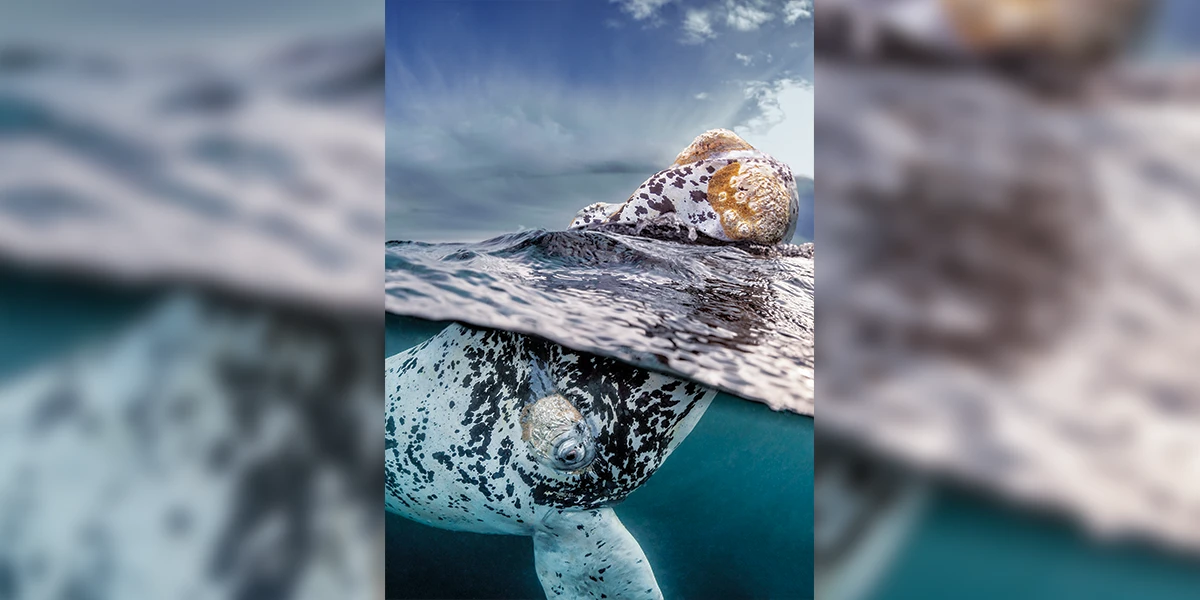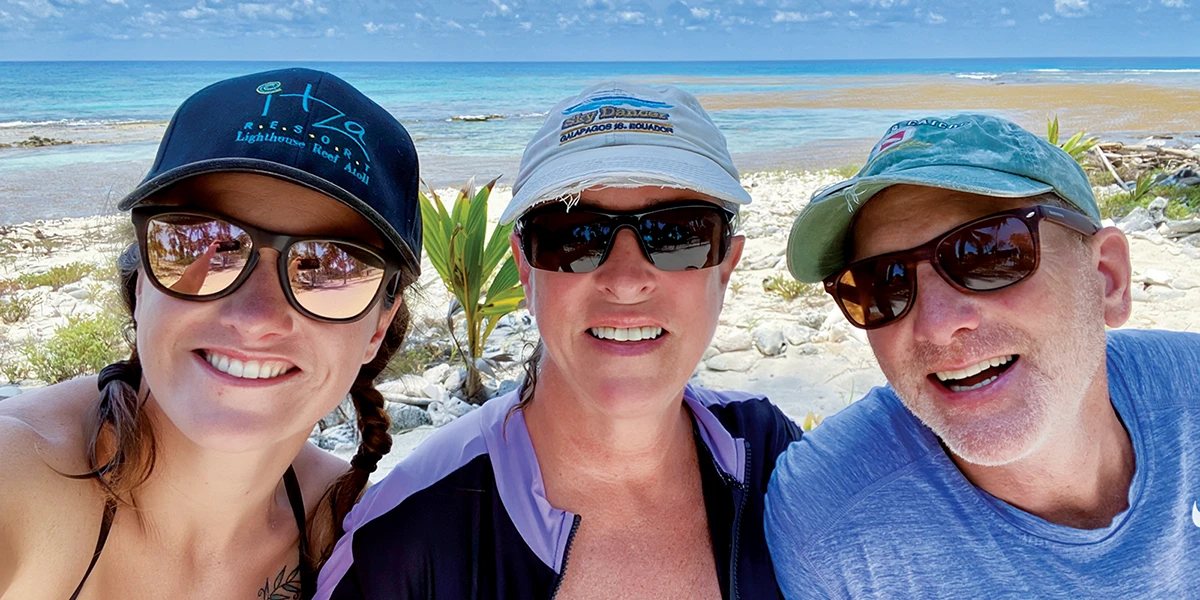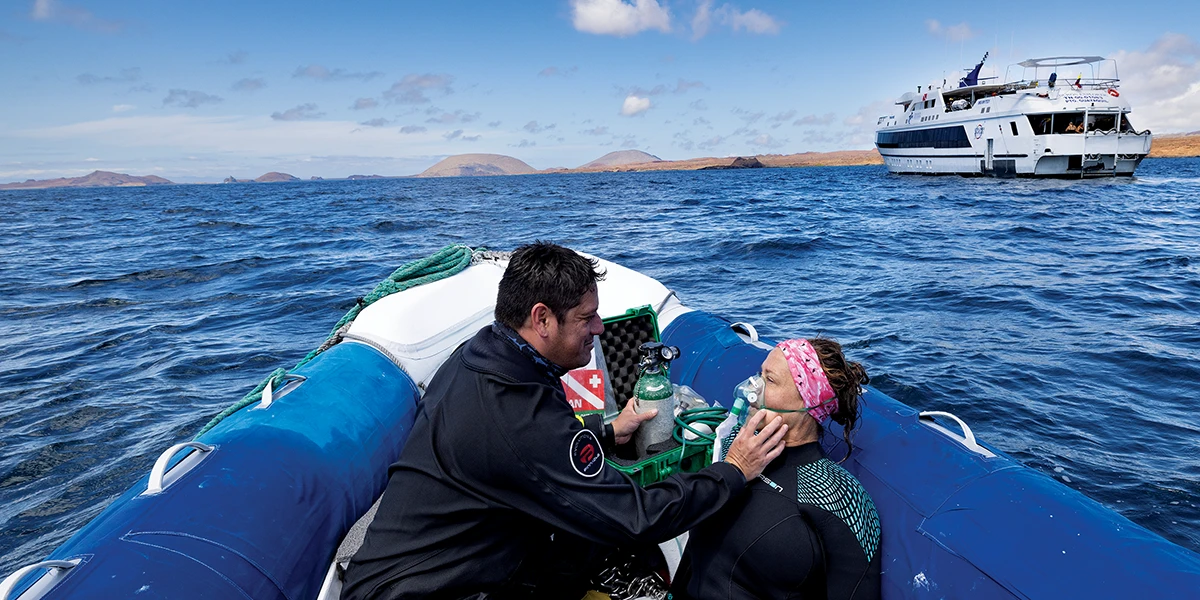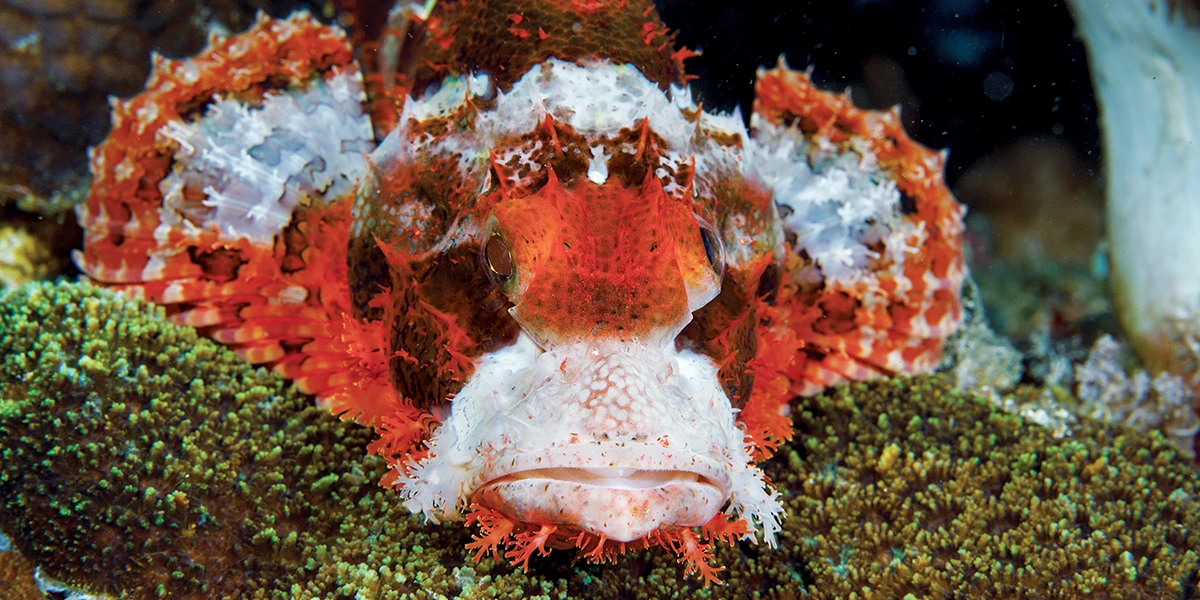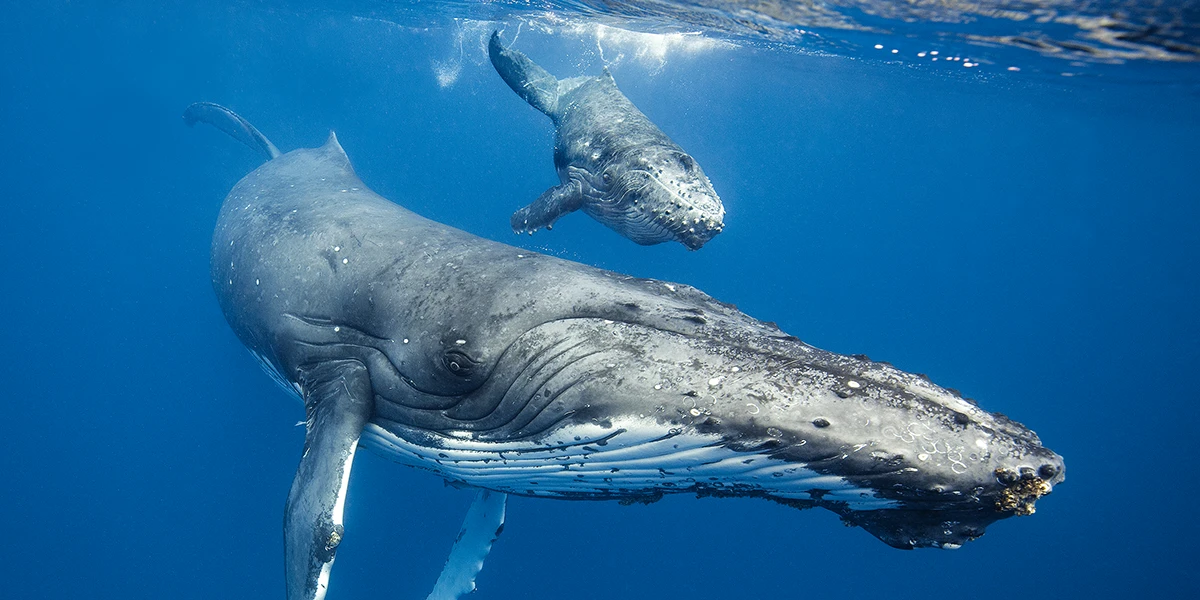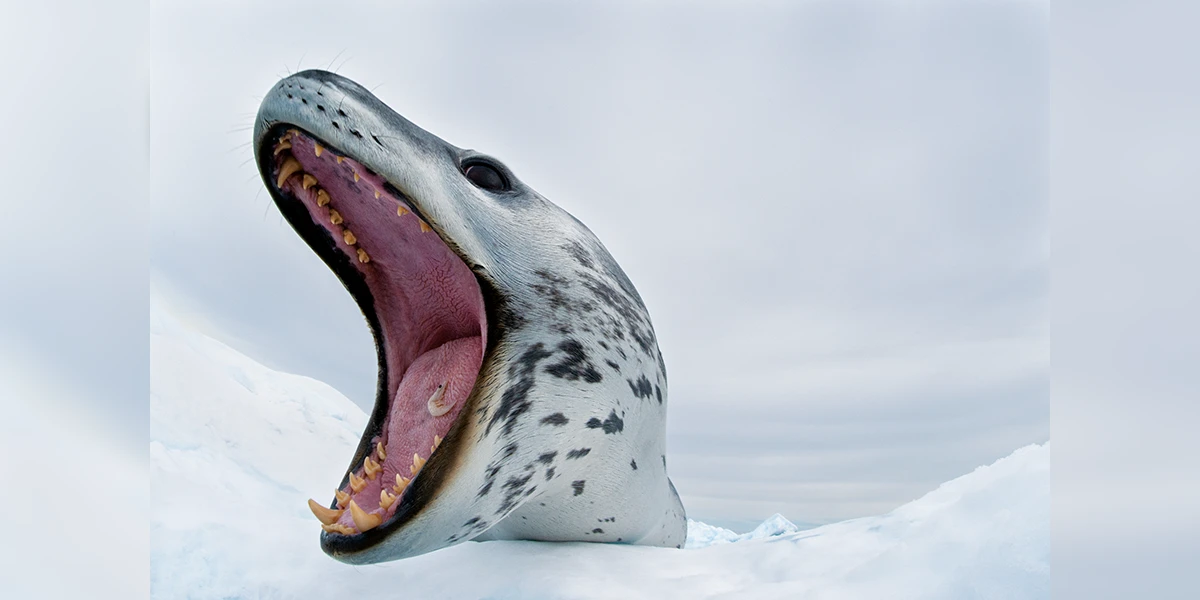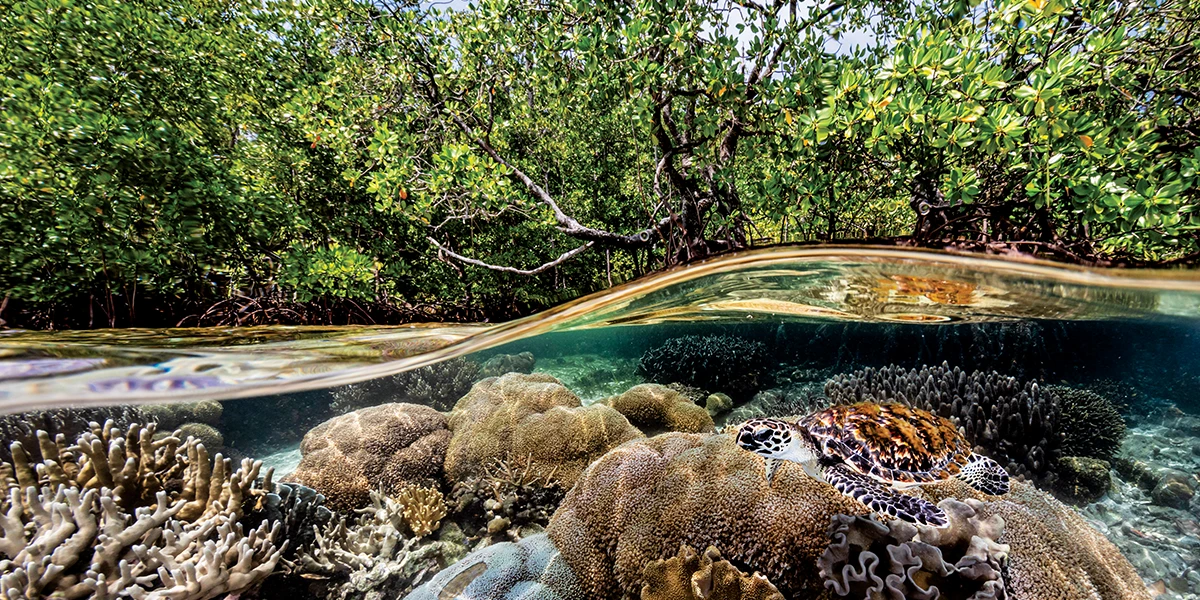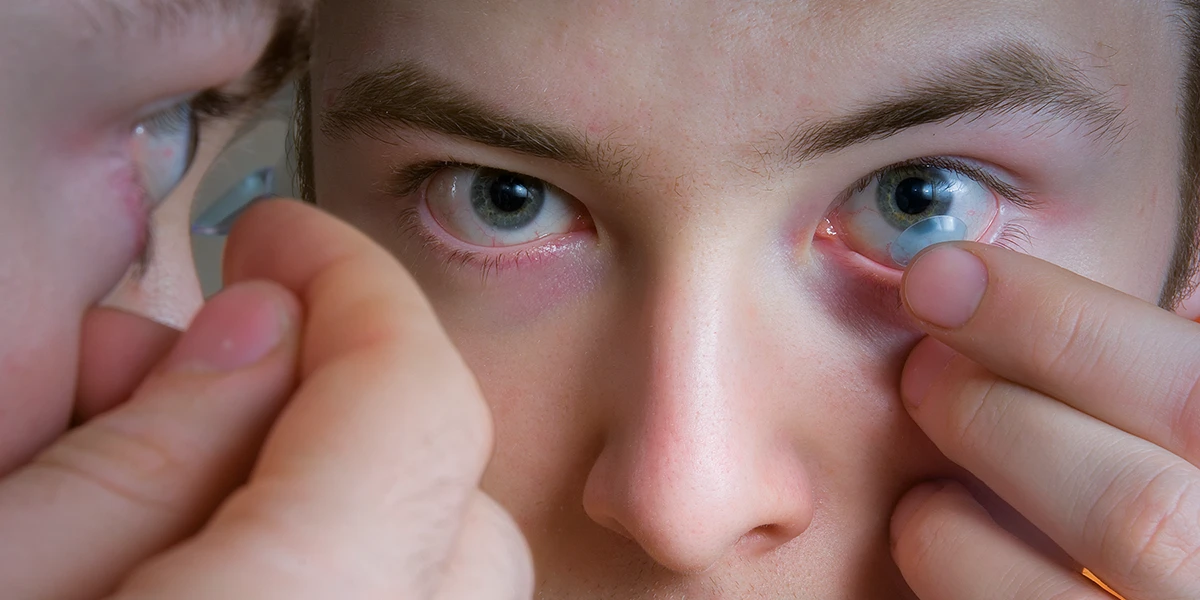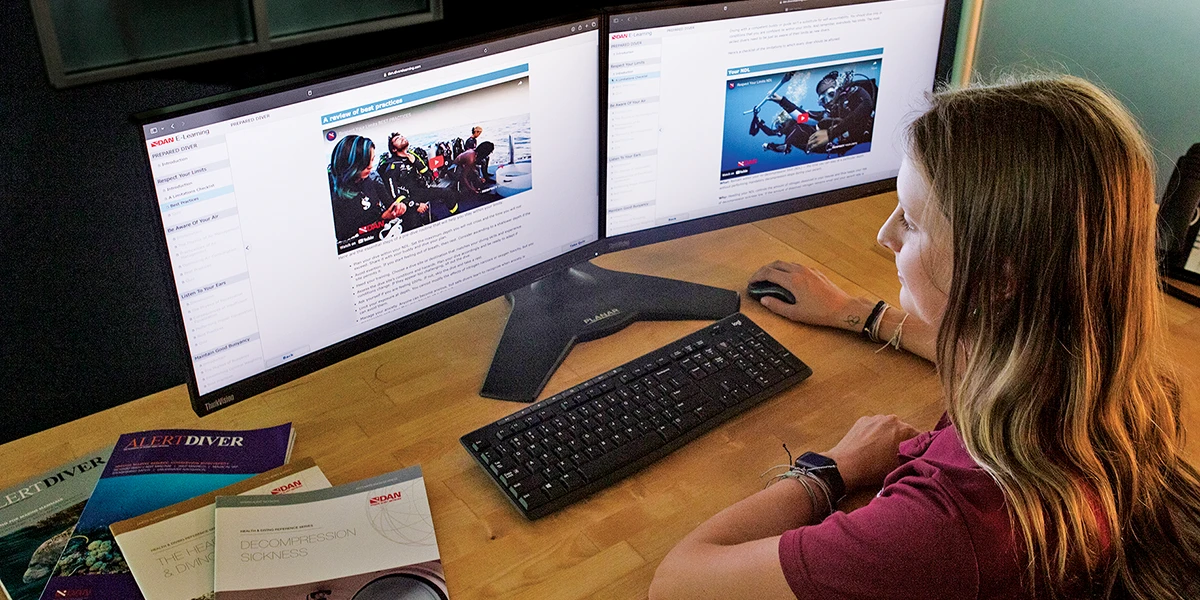Indonesia’s archipelagic beauty and marine biodiversity lure divers from around the world. As the country’s popularity as an international dive destination grows, so does the complexity of dive safety. Protecting divers is no small feat across this landscape of more than 17,000 islands, many dotted with dive sites in remote locations lacking medical infrastructure.
A few white southern right whales are born each year, but this leucistic trait is not a permanent feature. Their coloration usually gives way to a lighter gray in adulthood, indicating they were white at birth and distinguishing them from the more common darker whales.
My dad is always beside me in everything I do. It was no surprise when he followed me off the end of our dive boat and under the waves.
Oxygen is the standard of care for first aid in dive injuries. You do not need to determine if the injured person is experiencing decompression sickness (DCS), arterial gas embolism (AGE), or nonfatal drowning, as oxygen can be beneficial in all these situations.
Maintaining a respectful distance from potentially harmful species underwater is a tenet of good recreational diving and a frequent topic of charter boat predive briefs. But those venomous fish you have learned to avoid might save your life someday.
Capturing good pictures of whales is among the most rewarding photographic experiences an underwater photographer can have. These majestic and charismatic creatures evoke wonder, and the time spent with them will likely be unforgettable. The environments where you find them, however, along with their sheer size and elusive nature present challenges.
David Doubilet said it first and best. “He uses boundless imagination and a keen eye to peel back the surface and expose a world that is beautiful, bizarre, and wonderfully unexpected,” Doubilet said about Alex Kirkbride’s remarkable underwater photographic journey through all 50 states for his book American Waters.
Mangroves matter. They are unique, complex habitats that guard shorelines. They connect the land to the sea, house a diverse range of animal and plant life, and reduce the impacts […]
Many divers wear contact lenses without issue during their dives. It’s crucial, however, to be aware of potential challenges, such as increased dryness or irritation due to factors like dry air in the dive mask, prolonged wear, mask squeezes, or exposure to saltwater. Maintaining good hygiene practices, including thorough handwashing before handling lenses and avoiding contamination, is essential.
DAN’s vision is to make every dive incident- and accident-free. Improvements in training, equipment, operations, dive boats, and dive computers have made diving significantly safer. The safety of a dive, however, relies heavily on the diver’s practices.

